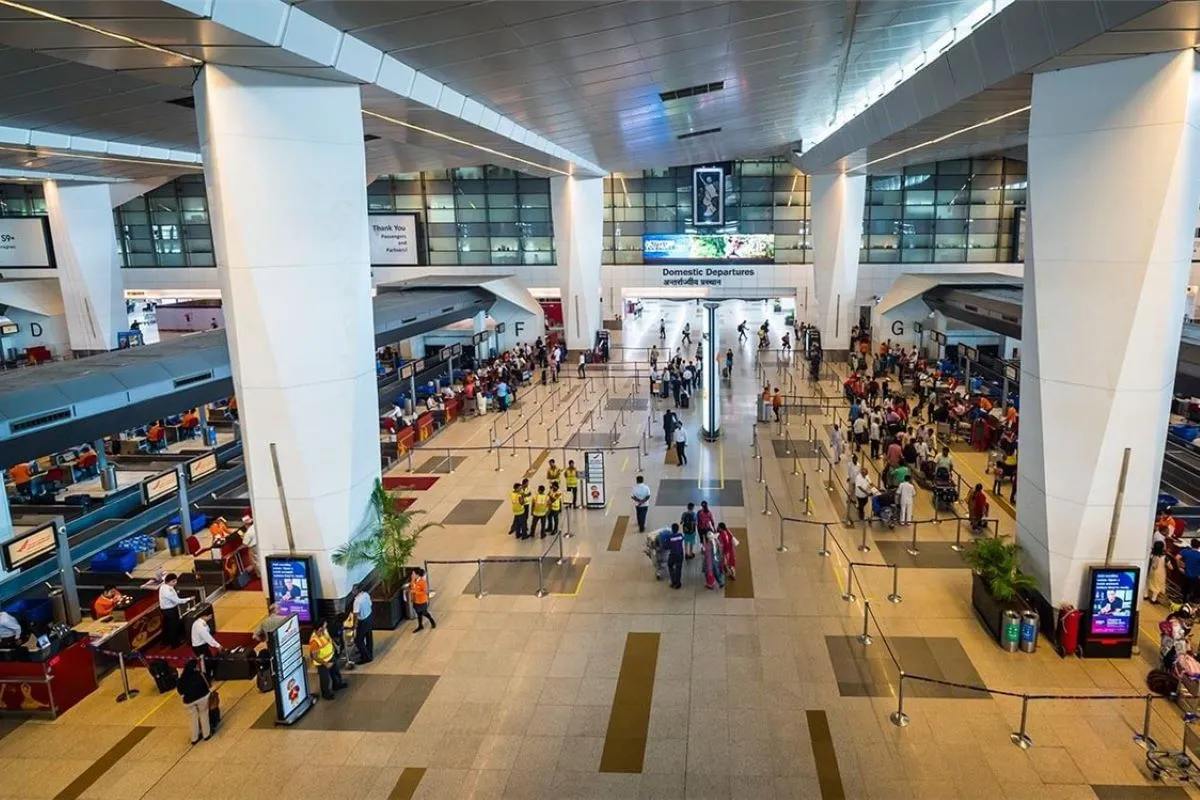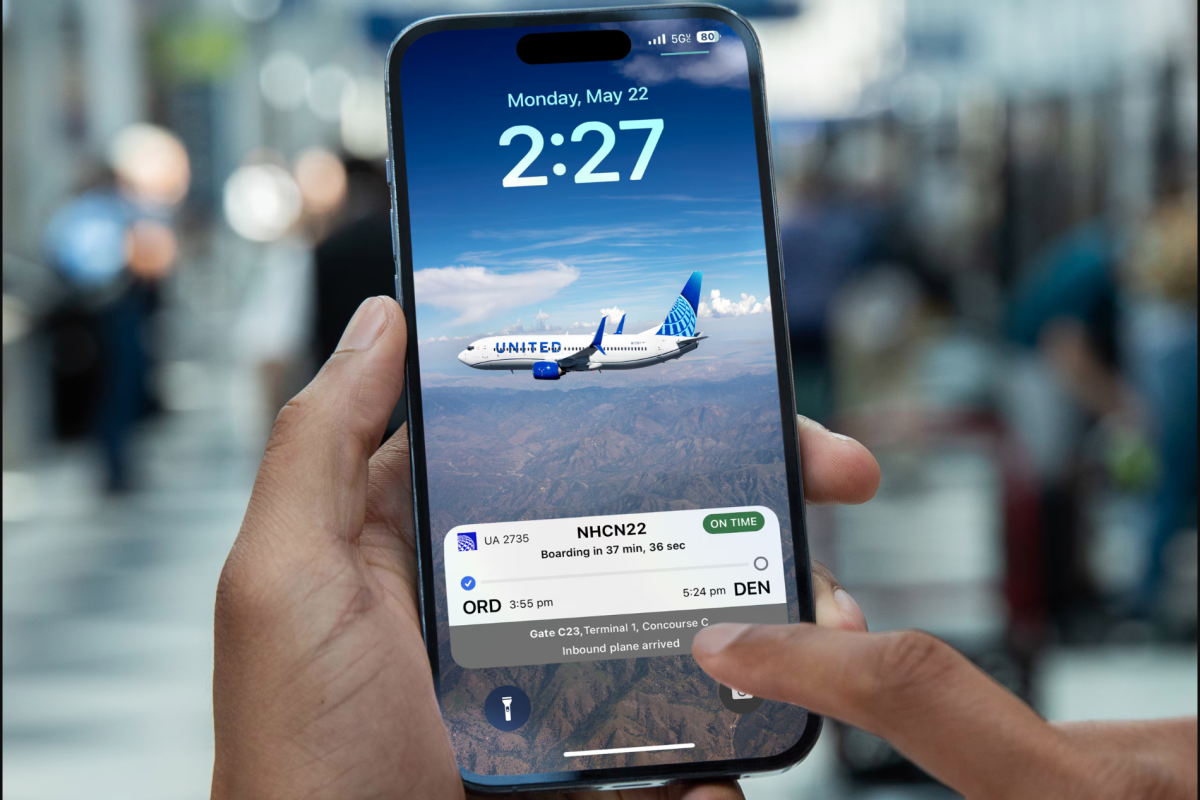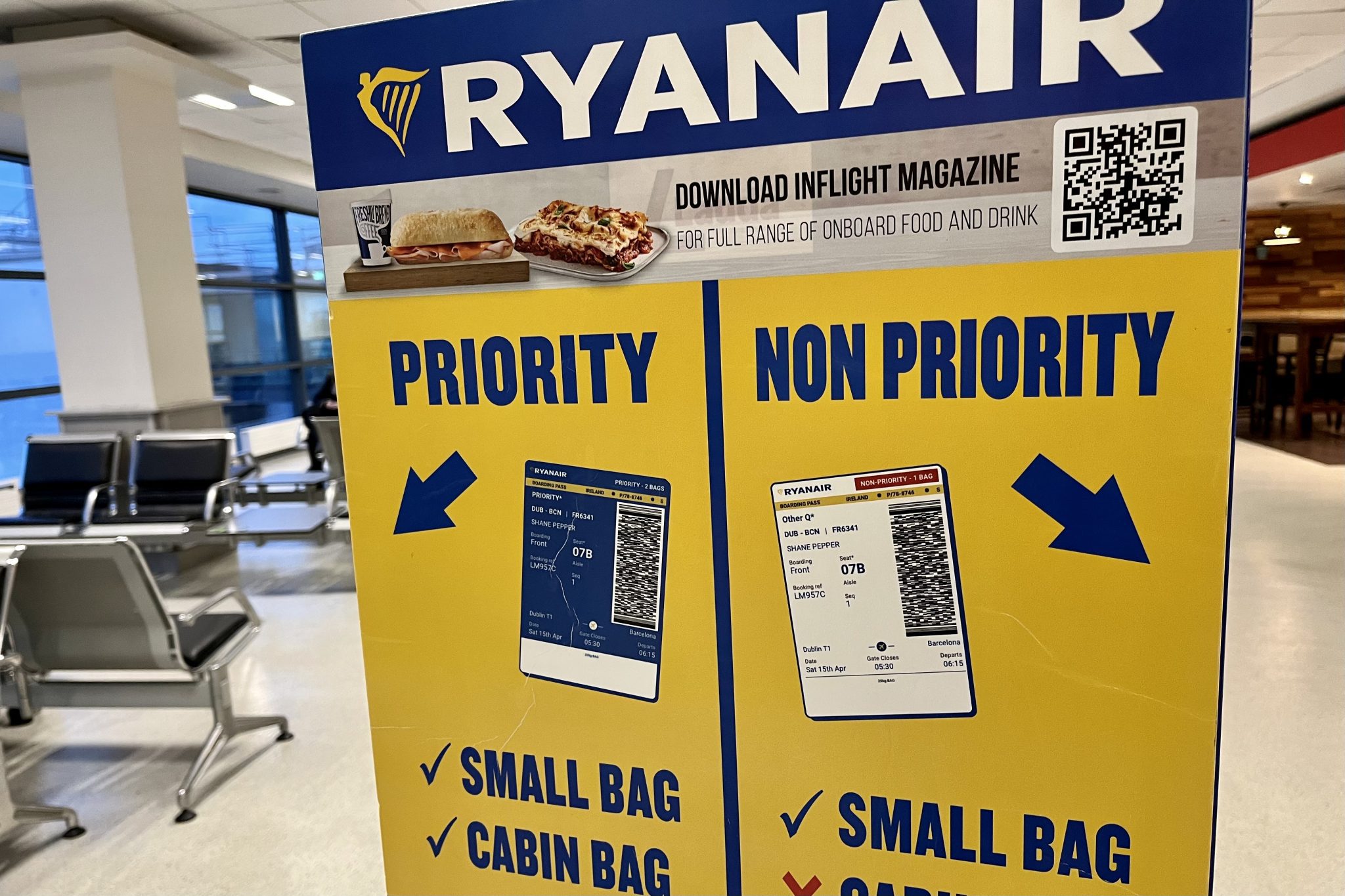New Zealand Tourist Deaths Expose Liability Risks for Adventure Tourism
Skift Take
One thing everyone can agree on is that the scenes coming out of White Island, or Whakaari, in New Zealand are tragic.
After a volcanic eruption occurred on Monday with 47 people on the island, six are dead and counting, nine are missing, and roughly 30 are hospitalized with severe burns. Reports suggest that about 30 people were there as part of an excursion from Royal Caribbean's Ovation of the Seas, though the cruise line declined to confirm that number.
But whether the tragedy was a function of terrible luck or a case of putting tourists in a position of unnecessary risk is up for debate. New Zealand's health and safety regulator, WorkSafe, has opened an investigation into the deaths, and Prime Minister Jacinda Ardern has said that "bigger questions" must be looked into after the crucial search and rescue period is over.
One of those questions may be whether tourists are adequately aware of the risks surrounding adventure travel. Another is the responsibility of tour operators in general that lead such trips and their exposure to costly lawsuits.
Those questions are especially pertinent because adventure travel is on the rise, and it's not just intrepid travelers or young and agile folk who are doing it. In fact, surveys show considerable growth among between 40 to 60 year olds. Casey Hanisko president of the Adventure Travel Trade Association, said that the "market is blending," with more types of activities being created or included in the space. But if more travelers are opting for adventure, does that mean we can expect more tragedies?
Risk Assessment
Adventure, by definition, involves some amount of risk; that, after all, is part of the appeal. As New Zealand's most active volcano, White Island is a good example of that — it can theoretically have an eruption event at any time. GeoNet, New Zealand's geological monitoring service, regularly assess changes on the island to monitor that risk.
On Oct. 29, when the risk level was at level one, or "minor volcanic unrest," GeoNet estimated there was a 0.1 to 0.2 percent chance of an eruption over a 24 hour period. Then, on Nov. 18, they raised the threat level was to two, noting that the site "may be entering a period where eruptive activity is more likely than normal." The eruption happened three weeks later. Since Monday's tragedy, the risk level was raised to three, with a 40 to 60 percent chance of another eruption in the following 24 hours. At the time of publication, GeoNet had not specified a percentage for the threat level on the day of the eruption, though a rep said such a figure is forthcoming.
James Hickey is a volcanologist and lecturer in geophysics at University of Exeter in the UK. He described this week's event as "absolutely a worst case scenario," noting that thousands of travelers visit the island each year — including when the hazard level is at level two — without an event like this occurring. However, he added that while Monday was a "low frequency event, because there’s a high frequency of visits, then those two things trade off on each other." Given that, it should be noted that some volcanologists have been quoted as saying they are surprised tourists were routinely allowed on the island.
"If you’re going to do a bungee jump or a sky-dive you sort of accept that there’s a level of risk there," Hickey said. "Maybe that needs to be better communicated in geo- tourism and volcano tourism."
Royal Caribbean declined to answer a question from Skift about whether its guests were notified about the elevated hazard level before their excursion. The company said in a statement that "we are working to help our guests and the authorities in the aftermath of this tragedy in any way we can. We are communicating with our guests and their families. We’re making sure they are taken care of in terms of medical help, counseling, accommodations, and transport. Our hearts go out to them, and we want to be as supportive as we can."
Legal liability for accidents such as this one vary by country. Reporting from the New Zealand Herald noted there is precedent in the country for adventure tourism companies being prosecuted after investigations by the regulator WorkSafe, but that fines would hit a maximum of $1.5 million NZD ($987,000). Even if travelers signed waivers, one legal expert told the Herald, that would not exempt the company from being liable for violations of health and safety law.
There is also precedent for travelers suing cruise lines for shore excursion-related incidents, though those cases are difficult to win due to a mix of personal injury and maritime law.
White Island Tours also did not respond to a request for comment.
Where to Look for Guidance
It's possible that tourists on holiday are not best-placed to assess the risk of the trips they go on, particularly in unfamiliar terrain or foreign countries. Laurel Brunvoll, a travel adviser and owner of Unforgettable Trips, said that's why adventure tourism calls out for the use of travel advisers
"Adventure travel, a growing, vibrant sector of the travel industry, can carry some inherent risks even if they are small," Brunvoll said. "Selecting a tour operator or travel supplier can be daunting for a traveller, and I honestly think this one of the biggest benefits a travel advisor can offer a traveler."
Brunvoll said that advisors like her rely on a network of trusted suppliers and partners to find appropriate vendors who are evaluated on things like financial solvency, dependability, as well as safety and security issues before booking travelers on an adventure.
In the case of those on the cruise excursion, Royal Caribbean appears to have offered the excursion on their website and described it as provided by a third party operator, which is common. Maritime attorney and cruise line critic James Walker tweeted that the excursion appeared to have been removed, but Royal Caribbean would not explicitly confirm.
In the specific case of volcanic sites, White Island was somewhat unusual. It is a scenic reserve privately owned by the Buttle Family Trust, not the government. Hickey told Skift other active volcanic areas around the world are commonly designated as "exclusion zones" by government officials — meaning no one can visit — when data suggests sufficient risk. White Island appeared to have no such layer of discernment. Instead, White Island Tours — which is authorized by the island's owner to conduct tours on the island — reportedly made the call to visit the island on the day of the eruption.
Though the company could not be reached to confirm this, Paul Quinn, the chairman of White Island Tours told CNN the level two risk level fell within its normal parameters for a visit. Royal Caribbean did not respond to questions about how they vet third party excursion operators like White City Tours before offering their services to guests.
Hanisko of the Adventure Travel Trade Association said that the risk assessment of adventure travel is a shared responsibility between destination, tour operator, government, and traveler. However, she noted that as frontline staff, tour operators do hold the key responsibility in making sure travelers are adequately informed of the risks they are taking before they embark.
"As a traveler, you're making personal decision to take a certain amount of risk, so I think that there really is a responsibility on both sides," Hanisko said. "But because there is a certain trust between the traveler and tour operator, if anything the tour operator needs to lean on the side of being more safe or cautious, because they’re giving [the traveler] information to make a decision."
She added that the growing amount of people who are embarking on adventure tourism on their own — without the help of tour operators at all — mean that destinations and governments also need to be more proactive about providing safety info in multiple languages and formats, including signage, apps, and flyers.
"There’s a certain amount of risk that’s inherent in travel in general, so when you add in different activities — water, nature, animals, equipment, speed — it adds to the possibility that something can happen," Hanisko said. "That doesn’t mean that precautions shouldn't be taken or people shouldn’t do those experiences."




